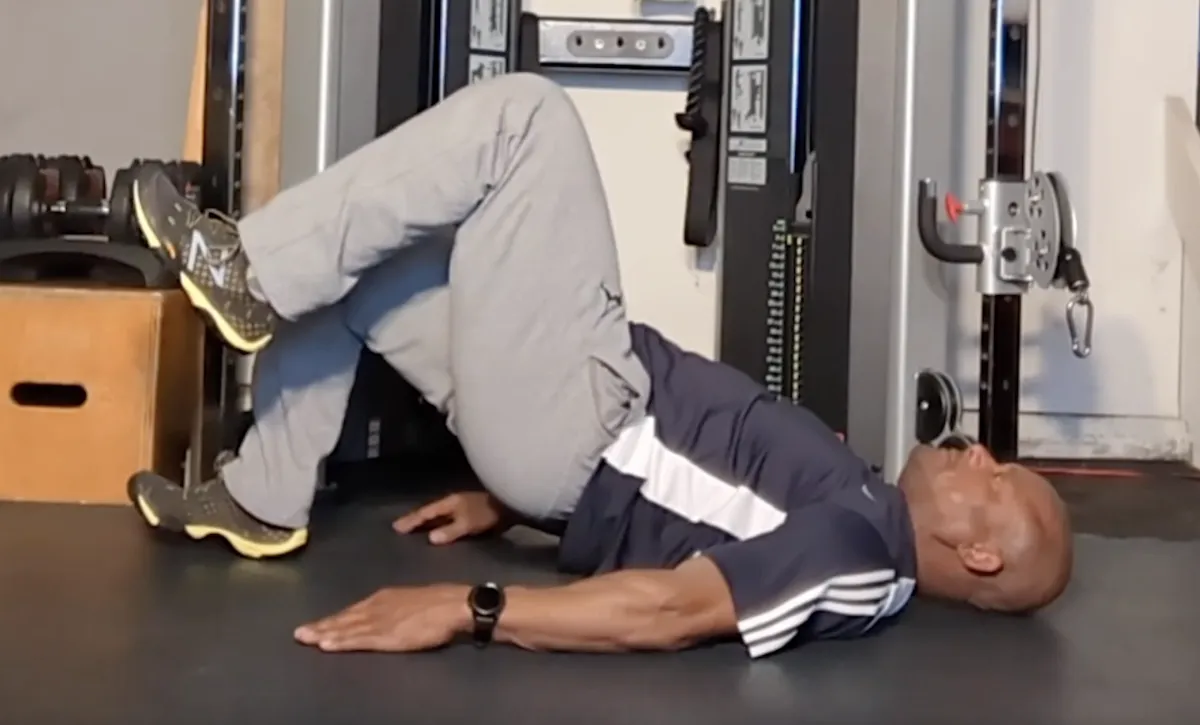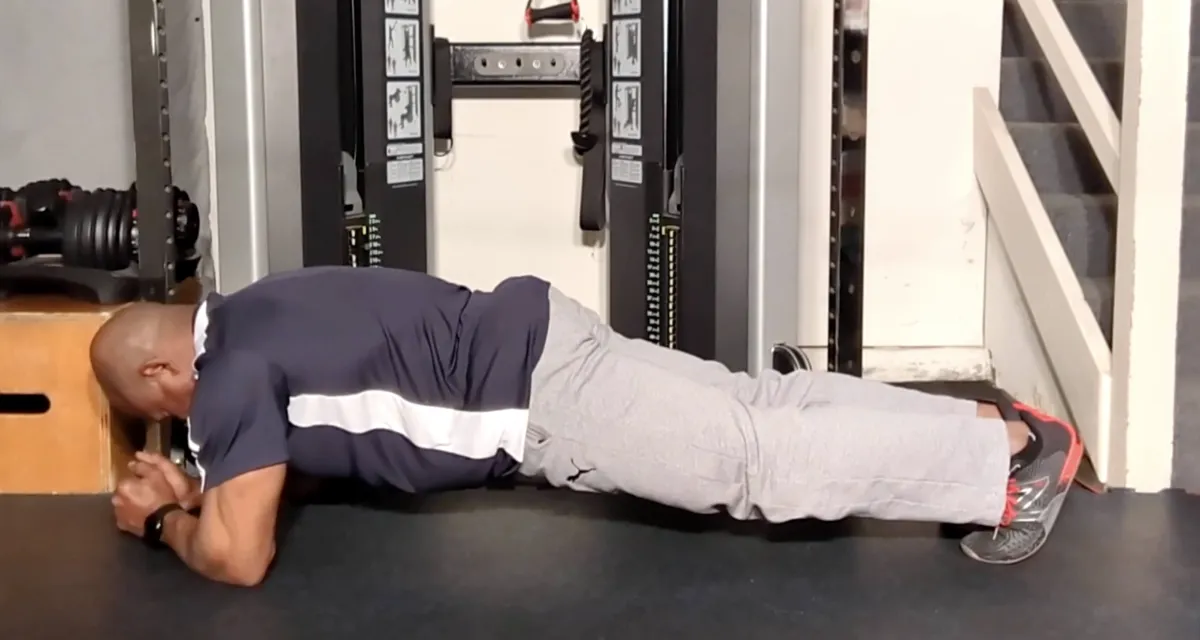
RESOURCES

Understanding Shoulder Pain: Common Causes and How to Find Relief
Shoulder pain unfortunately is a common issue, effecting 18-26% of the population. Shoulder discomfort and pain can disrupt daily life, from working to sleeping comfortably.
Some say the shoulder is not a true joint because of the way it is put together compared to other joints in the body.
But almost everyone agrees that it is a unique, complex, highly mobile joint. Equally, the shoulder is, based on its unique structure, prone to strain due to poor habits (exercise or lifestyle) or repetitive actions. Let’s explore some common causes of shoulder discomfort and practical solutions for relief.

Common Causes of Shoulder Pain
Do You. . .
Repetitive Weight Carrying: Regularly carrying heavy items like laptops, purses, or even a child on the same arm can strain the shoulder muscles and tendons. Over time, this uneven load can lead to imbalances, soreness, and even chronic pain.
Poor Sleeping Positions: Sleeping on your side with your arm under your body or stretched awkwardly can compress the shoulder joint, causing stiffness and discomfort upon waking.
Lack of Stretching: Sedentary lifestyles or limited upper-body stretches can tighten the muscles and reduce shoulder mobility. Without consistent stretching, the risk of injury increases.
Unbalanced Workouts: Favoring certain exercises—such as chest and arm workouts—while neglecting back and shoulder muscles can create muscular imbalances. These imbalances place undue stress on the shoulder joint.
While the above are all too common for many, there are changes you can make today to begin getting rid of shoulder pain.
HINT: It doesn’t require hours at the gym
Tips to Find Relief
Switch It Up: If you carry a bag or child daily, alternate sides regularly to balance the load. Consider using a backpack or crossbody bag to distribute weight evenly.
Mind Your Sleep: Opt for sleeping positions that keep your shoulder neutral. Use a supportive pillow and avoid resting directly on your shoulder.
Stretch Consistently: Incorporate shoulder stretches into your daily routine. Arm circles, doorway stretches, and cross-body stretches can help maintain flexibility and reduce tension.
Balance Your Workouts: Incorporate exercises that strengthen your back and rotator cuff muscles, such as rows, external rotations, and reverse flies. These will help stabilize your shoulders and prevent injury.
Seek Professional Advice: Persistent shoulder pain may indicate underlying issues like tendonitis or impingement. Consulting a physical therapist or healthcare provider can help identify the cause and create a personalized treatment plan.
Final Thoughts
Your shoulders work hard for you every day—take care of them! Small changes in daily habits, from how you carry items to your workout routine, can make a big difference in preventing pain. Stay mindful of your movements, and don’t hesitate to seek help if the discomfort persists. Getting and keeping healthy shoulders means a more active and fulfilling life, without pain!
Sheila Mann's Testimonial
Sheila Mann doing Suspension Strap Push-ups on an elevated Single Leg.
Just another Saturday Workout Part 2
Spray Tan Fitness
Dreams or Goals
Intro to Self-Myofascial Release
Self Massage using the Energy F X Tube (Upper Body)
Self-Massage for Lower Body using Energy F X Tube (IT Band , Glutes)
Level 3
This is our advance level. In this level you will be asked to increase the challenges to your strength, balance and to some degree, your conditioning. We continue to focus on the major joints of the body (hips, shoulder, and knees) with the added challenge of resistance. This level also includes the added challenge of coordination, as many movements require the integrated movement of both upper and lower body.

Level 4
This is our premium level. In this level you will be asked to significantly challenge your body through increased demands on your functional core strength in movements that will significantly challenge your balance and strength simultaneously. Here we will ask you to begin to optimize your balance, core activation, and improved range of motion in a functional aspect – integrated movement of both upper and lower body, but at a higher level of accountability.

